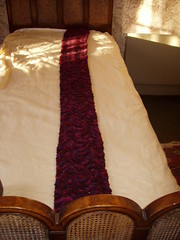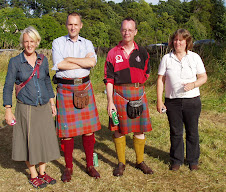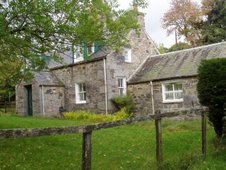Things are inching forward around here. I wound another skein of yarn for Alexander’s sweater, and plotted its colour arrangement in Stitch and Motif Maker. I had forgotten what fun that program is. I would show you what I have come up with – nothing exciting – except that I don’t know the copyright rules for stitch patterns, and this one comes from AS’ Fa*r Is*e Knitting Handbook, and she is notoriously litigious.
Today’s job is to plot a Calcutta Cup using the same program – it should be a lot easier than doing it in lace.
Meanwhile actual knitting is being done on a brioche stitch watchcap, knit back and forth. I decided that blocking the Therapy Scarf was totally unnecessary.

Yesterday’s commitments took us to Morningside, and I seized the opportunity to call in at Handknit, a first-rate LYS on the Meadows over there. Alas they no longer stock Shetland yarns – I had hoped for a couple of skeins for Alexander’s sweater. I’ll have to ring up Lerwick and order a shade card today. But the shop is pretty wonderful, and the young woman in charge of it, utterly nice. Their website is not for ordering-from, but I am sure email and telephone enquiries would be intelligently fielded.
“Victorian Lace Today”
This book makes rather a good compare-and-contrast to Sharon’s Hap Shawl book. Jane Sowerby has gone to work on English 19th century knitting pattern books and magazines, translated their unfamiliar abbreviations and straightened out their numerous errors. These publications were aimed at ladies in their drawing rooms, in stark contrast to the Shetland knitters who didn’t need books, and who were knitting for life itself.
If you have ever seen an XRX book, you’ll know in advance what this one looks like. If anything, the photography is more lavish than ever. EZ wonderfully calls brioche stitch “fruity” and the word might well be used to describe the way this book looks.
The patterns are many and gorgeous. Some of them are Victorian patterns, translated and updated. In others, Sowerby has used Victorian motifs as the basis of her own designs – the pattern for a baby’s cap, for instance, becomes the centre of a shawl. Any lace knitter will ache to get the needles out. Some of the patterns look very easy, others more challenging.
The chapters of the book are devoted to the sources individually, beginning with Miss Watts and Mrs Hope and their “Knitting Netting and Crochet” book of 1837. There is solid and interesting text in each chapter about the diffeerent sources.
A must for lace knitters.




No comments:
Post a Comment